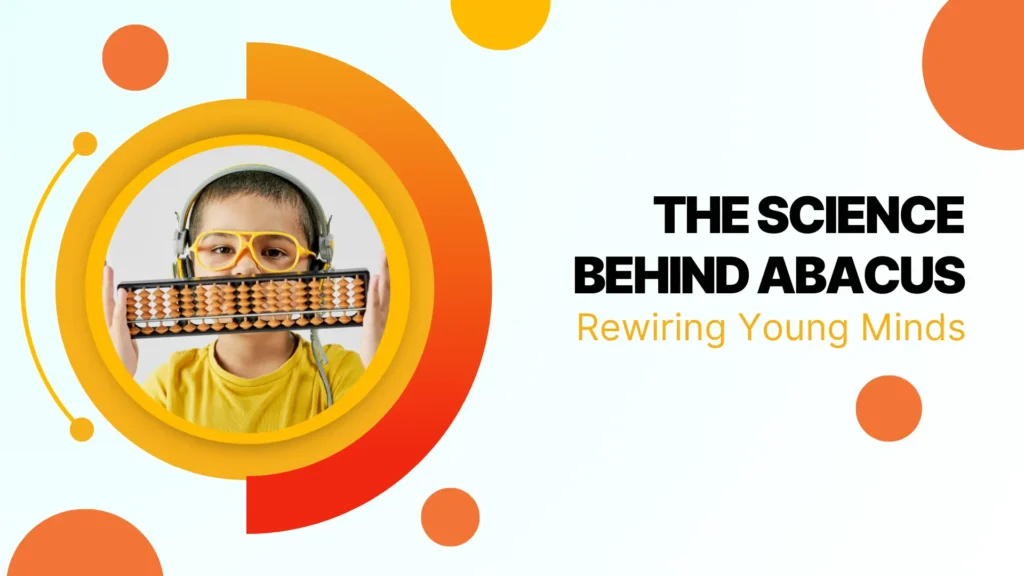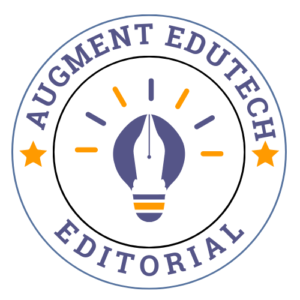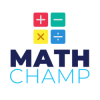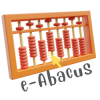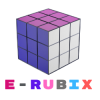The abacus, an ancient calculating tool dating back hundreds of years, is far more than a simple set of beads on rods. Its enduring presence across different cultures and eras highlights its remarkable utility and educational value. Beyond its basic function as a manual calculator, the abacus serves as a powerful cognitive training instrument. Engaging with an abacus enhances memory retention by encouraging users to visualize mathematical operations and remember complex sequences of movements. This mental visualization strengthens working memory, which is crucial for performing various cognitive tasks.
Additionally, the concentration required to use an abacus effectively promotes heightened focus and attention to detail, skills that are beneficial in academic and everyday contexts. Furthermore, manipulating the beads and understanding their spatial relationships improve spatial reasoning abilities, aiding in the comprehension of geometry, navigation, and even abstract problem-solving. In essence, the abacus is not just a relic of ancient mathematics; it is a versatile tool that fosters significant cognitive development, making it a timeless educational resource.
Let’s uncover the cognitive magic behind abacus training and its impact on memory, concentration, and spatial reasoning.
1. Neuroplasticity and Brain Rewiring
The Abacus Workout
When children manipulate abacus beads, they engage multiple senses:
- Visual Stimulation:
- The sight of beads sliding along rods activates visual processing centers in the brain.
- Neurons fire as children track the movement of each bead, creating new connections.
- This multisensory experience stimulates neuroplasticity—the brain’s ability to reorganize itself by forming new neural pathways.
- Tactile Engagement:
- Touching the beads provides tactile feedback.
- The brain maps the sensation of bead placement, reinforcing numerical concepts.
- Abacus practice strengthens neural pathways associated with arithmetic, enhancing overall cognitive flexibility.
The Hippocampus Connection
The hippocampus, a crucial brain region for memory and spatial navigation, gets a workout during abacus sessions.
- Research shows that abacus learners exhibit increased hippocampal volume, which correlates with better memory retention.
- Imagine the hippocampus as a muscle—the more you exercise it, the stronger it becomes.
2. Concentration and Focus
The Zen of Abacus
- Precision and Attention:
- Abacus calculations demand unwavering attention. Each bead placement requires precision.
- As children focus intensely, their prefrontal cortex—the brain’s executive control center—gets a workout.
- Over time, this improves attention span, concentration, and the ability to block out distractions.
- Mental Soroban:
- Advanced abacus users perform mental calculations without a physical abacus.
- This mental soroban or, commonly called “visualization practice” sharpens working memory and mental agility.
- Imagine mental soroban as a mental gym—repetitive exercises that sculpt cognitive endurance.
3. Spatial Reasoning and Visualization
Abacus as a Spatial Puzzle
- Manipulating Space:
- Moving beads along rods involves spatial manipulation.
- Children learn to visualize numbers and their positions, fostering spatial reasoning.
- This skill extends beyond math—think architectural blueprints, puzzles, and even artistic creativity.
- The “Abacus Mind”:
- Abacus learners develop an “abacus mind”—the ability to mentally visualize and manipulate numbers.
- This mental imagery enhances problem-solving skills, especially in geometry and physics.
- Imagine the abacus mind as a 3D modeling software for the brain.
The abacus isn’t just about arithmetic; it’s a brain gymnasium. As children slide beads, they sculpt their minds, creating neural symphonies of calculation, focus, and spatial prowess. So, next time you see an abacus, appreciate the silent orchestra playing within young brains.
Remember, the abacus isn’t obsolete—it’s timeless wisdom encoded in wooden beads. The early your child start learning it, the early they start championing across their academics and general life.
If your child has learnt abacus, share in comments about your experiences and help readers know more about this.

